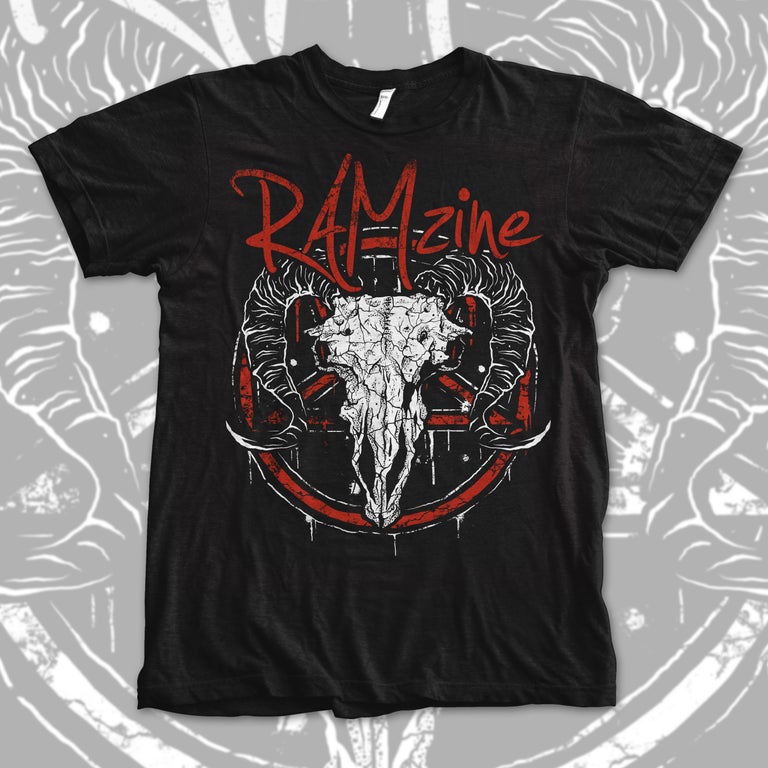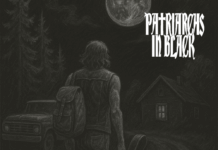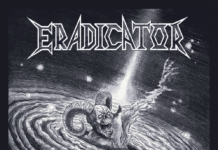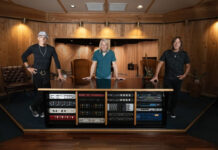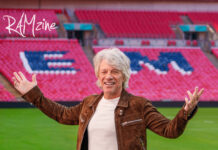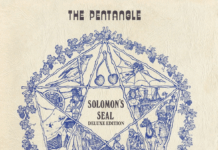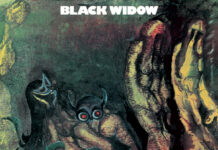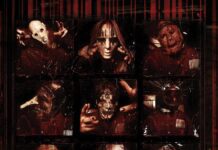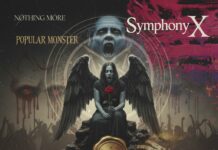The links between rock bands and video games go back many years, before CDs and even before cassettes became popular.
It might feel like bands leveraging modern technology to promote their music is a new thing, but it is not at all. Ever since the dawn of video games in people’s homes, rock bands have been using them to grow their brand, their popularity and their reach.
These days, video games need rock music more than music needs them. Every big console release has a soundtrack that sets a tone, with video game music, an industry in which many find a good solid living without ever having to release a record.
Other games use popular imagery from rock music to help appeal to a wider audience. Think of titles such as Guitar Hero and Rock Band on the PlayStation and other home consoles; they would not work without the strong imagery and branding, as well as the soundtrack. Louder Sound report that Guitar Hero is one of the highest-grossing video games of all time, and it achieved that by combining imagery and branding with its core themes. The same goes for mobile apps and games, with Monsters of Rock Megaways on popular gaming site Gala Casino, a great example. They use branding like Monsters of Rock, the original name of what is now known as Download, to appeal to a demographic that may not have otherwise been drawn to their games.
None of this would have been possible without those early pioneers of rock and video gaming, those bands that tested boundaries and pushed limits to get their music and their brand out there, into people’s homes. These are some of the titles that helped shape the way rock bands and video games collaborate through the years.
Journey
It all began for rock bands and video games back in 1982. On the back of their 1981 hit ‘Don’t Stop Believin’, Journey were the protagonists of their very own video game on the Atari 2600. It looks basic now, but back then it was cutting edge and it ensured the band reached a new legion of fans. Their music did not feature, technology would not allow that, but it was a popular game, nonetheless. The aim was to get the band to a gig, avoiding groupies, photographers and promoters. A year later, the same title landed in arcades, where their music could be heard, or at least digitalised renditions of their music.
Motley Crue
Motley Crue were not playable characters in this Sega Genesis pinball simulator, but they did license their music to Electronic Arts, who developed the title. It was nothing fancier than a digital video game pinball, but when paired with ‘Dr. Feelgood,’ ‘Live Wire’ and ‘Home Sweet Home,’ it became Crue Ball. The music was not reproduced with the quality of Spotify or other streaming platforms today, but that mattered little to Motley Crue fans flipping balls late into the night.
Aerosmith
Aerosmith are something of a timeless rock act, with a back catalogue that appeals to music lovers old and new. Their imagery and music have appeared in several games over the years, the best of which is Revolution X, a 1994 release on Super Nintendo, Sega Genesis and PlayStation to name but a few. It was a basic rail shooter which included tracks such as ‘Eat the Rich’, and ‘Walk This Way’. It was also an arcade machine which is where it gained the most critical acclaim for its tongue-in-cheek silliness as well as the band link.
Kiss
Kiss: Psycho Circus: The Nightmare Child does not technically feature Kiss, rather a tribute band that gains superpowers. It draws inspiration from Todd McFarlane’s comic books of the same name, which were inspired by Kiss. Fans saw the familiar makeup and snatched up the game on Dreamcast and Windows. It was not a huge critical success, but it did appeal to fans of the band in a rather unique way.


